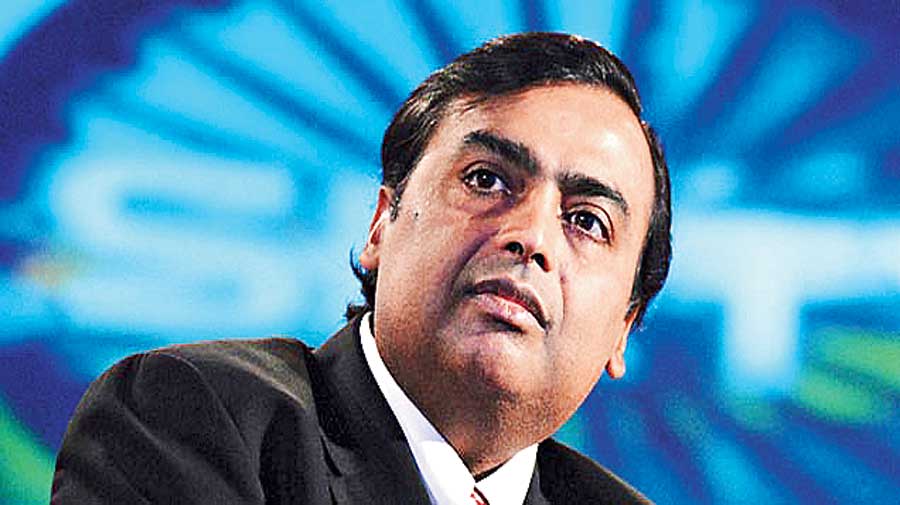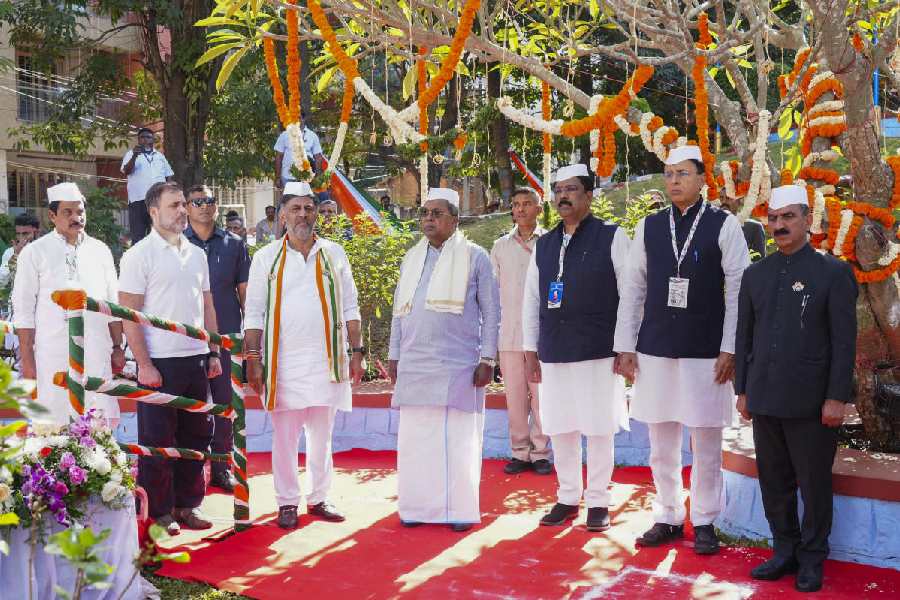RIL chairman Mukesh Ambani on Wednesday said wealth creation in India will become inclusive and that the next decade or two would see large companies coming into the tech and environment-friendly space.
The RIL chief was also equally optimistic about the future of clean energy in India, projecting that its exports in this segment would exceed $500 billion by 2030. Ambani made these observations while speaking at the ‘Asia Economic Dialogue’ on Wednesday.
According to Ambani, it took Reliance about 15 years to become a $1 billion company, 30 years to turn $10 billion, 35 years to become a $100 billion firm and 38 years to touch $200 billion.
“I have no doubt that the next generation of Indian entrepreneurs will achieve this in half the time. What this also means is that India’s community of entrepreneurs will become broader and wealth creation will also become more inclusive. By 2030, I believe they will exceed half a trillion dollars,” Ambani said.
Green goals
RIL recently disclosed that it wants to become one of the largest producers of blue hydrogen globally. The company, which operates a mega oil refining complex at Jamnagar, is planning to repurpose a Rs 30,000-crore plant that currently converts petroleum coke into synthesis gas (syngas) to produce blue hydrogen for $1.2-1.5 per kg.
This is much lower than green hydrogen produced with renewable resources which costs between $3-6.55 per kg, according to the European Commission’s July 2020 hydrogen strategy.
“When wood was replaced with coal, Europe overtook India and China to emerge the world leader. Similarly, with the emergence of oil, the US and West Asia outgrew others. When India becomes not only self-sufficient in green and clean energy, but also a large exporter, it will help India emerge as a global power,’’ he said.
He pointed out that India’s clean and green energy exports in the next 20 years also has the potential of reaching a level of half a trillion dollar.
“What is commendable is that the new energy businesses in India are standing on their own two feet, with their own entrepreneurship, and very little support of any great government subsidies,’’ he added.











